The birthday party was a week ago, and the presents are scattered around the room. You just stepped on something that resembles a tiny arm, or maybe a shovel; it’s hard to tell. Then your child comes running up to you. “I’m bored,” they say. “How can you be bored with all these toys,” you reply.
Sound familiar? What if you could provide your children with fewer toys, but more fun?
Open-Ended Play
You may not have heard the term “open-ended play” before, but you have most likely experienced it. Open-ended play is playtime without a set goal in mind. It is about children choosing how they are going to play and using their imaginations.
Conversely, activities like puzzles and board games are focused on completing a task. This closed-ended play teaches many valuable skills: following rules, follow-through, taking turns. While beneficial, closed-ended play is often overemphasized in children’s activities.
According to Michigan State University Extension, “Play, and in particular creative play, has been identified as a key component of building children’s resilience, ability to focus and the ability to act intentionally, even when the outcome is unknown.” A child’s brain develops the most between birth and age 5. It is during this time they form connections that will benefit them their whole lives.
Without an end goal, there is no failure, and confidence grows as kids see what they can do. Children, especially younger children, learn best through play and open-ended play allows them to express their creativity and critical thinking skills. Allowing your child to play without expectations can positively impact them into adulthood.
Open-Ended Toys
An open-ended toy can be any object that doesn’t have a defined use. Remember back to some of your fondest memories of play, and I’ll bet they feature some of these open-ended toys.
Most of these can be obtained inexpensively and will last through many children’s play experiences. Here, simpler is better. Consider the material the toy is made from and try to buy natural materials like wood whenever possible.
Boxes
Yep, boxes! A running joke among parents is that kids seem to like the box more than the toy that came in it. Boxes of all sizes offer play opportunities. Small and medium boxes can be turned into houses or buildings, or used as blocks. Large boxes can become playhouses or ships for children.
Blocks
Blocks, including connecting blocks (Lego), magnetic blocks, and geometric shapes, provide hours of imaginative play. They can be stacked and turned into structures. Or they can represent food, a phone, or cars and trains.
By building with blocks, kids learn spatial awareness and hand-eye coordination. Plus, it’s just fun to make a tower and watch the blocks scatter when you knock it over.
Play Silks and Fabric
Any kind of fabric can be tied, wrapped, or draped to create play possibilities: the sail of a ship, a cape, a fort. Old towels, blankets, and sheets can be borrowed for playtime.
Play silks come in all the colors of the rainbow and several sizes. Check Etsy to support small businesses at the same time. You can also purchase undyed ones, for even more creative fun.
Clothes without a specific purpose can be used for dress-up. Keep a bin of gloves, hats, skirts and dresses, shirts, pants, and shoes for impromptu plays and role-play.
Art Supplies
Set out various supplies: paper, markers, paint, scissors, and see what can be created. There is no need to have an end goal in mind, just explore the materials.
See what happened if you apply paint to paper with your fingers vs. a brush. Bits of colored paper can create a mosaic or abstract shapes.
Nature
Leaves, flowers, sticks, and pine cones can be turned into collages or used 3-dimensionally to become roads, bridges, towns, and cars. Water and sand can be manipulated into shapes and structures.
Go for a nature walk to collect items or see what’s in your yard. A pretty pebble or leaf can remind you and your child of fun times you had together. When creativity strikes, having a collection of natural materials on hand can be useful.
Household Items
Pots, wooden utensils, bowls, a hamper, or a broom can become toys. Children will sometimes use these items to mimic their parents’ actions or come up with entirely new uses.
If you have space, dedicate a low cabinet to child-safe kitchen goods so your children can access them whenever they want. Please be sure to supervise children when giving them any item not specifically designed as a toy.
Introducing Open-Ended Play
Let your child lead when exploring open-ended toys. Be open to new ways of using familiar materials.
A child’s creativity often outmatches our own, and you should see them starting to explore what the toy can do right away. However, if there seems to be some reluctance in your child, consider these ways to get started.
Introduce the object or toy, but don’t try to tell your children what it can be used for. Take a few minutes to let your child touch and interact with the object. Talk to them about what they are experiencing. Is it heavy or light? Soft or hard? What color is the item?
Sometimes making a mess is the best way to learn. When playing with messy materials like paint or water, prep the area ahead of time and then let your child free to explore. See how new colors are created when paint mixes together. Discover which objects float or sink when dropped in a bucket of water.
Try not to offer advice on how to do something unless your child asks for help. Then, ask questions about what your child is trying to do or how they want something to look. Lead them into discovering answers for themselves.
When you start looking through the lens of open-ended play, almost anything can become a toy and an opportunity for creativity and learning while having fun. You might even be inspired by some creative playtime!



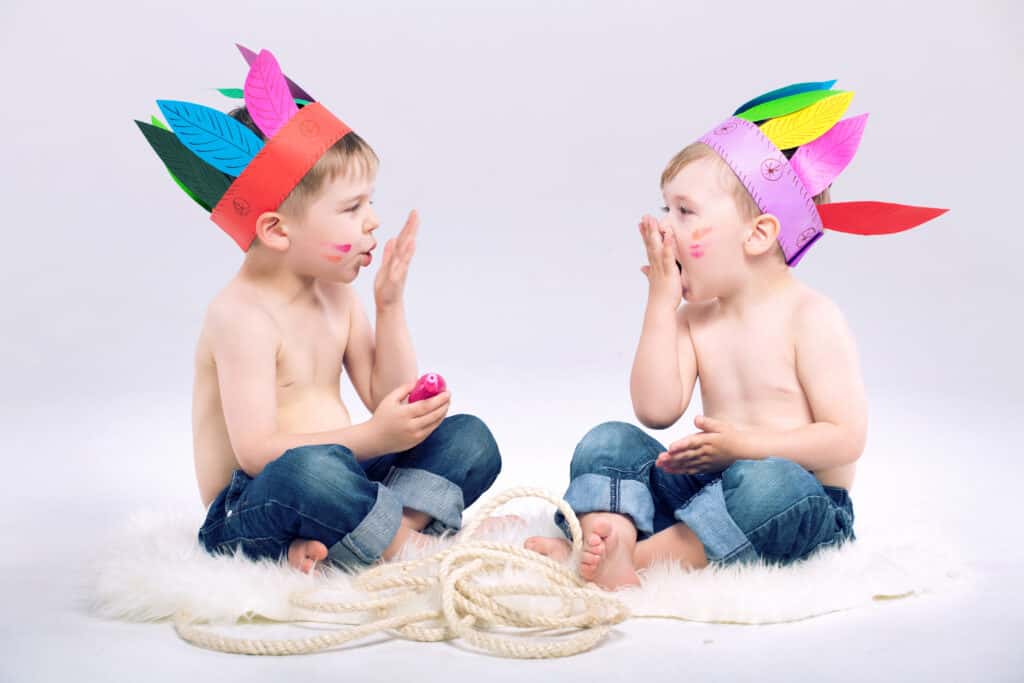

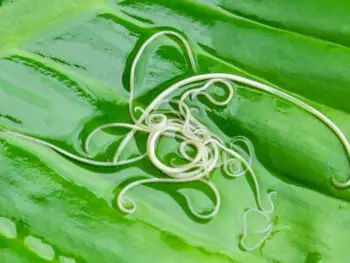
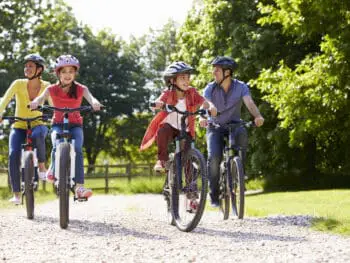
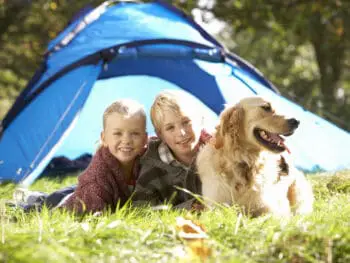
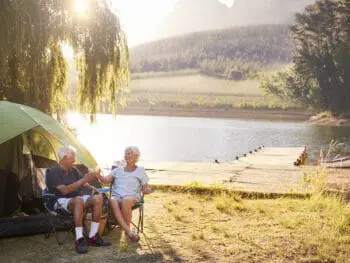

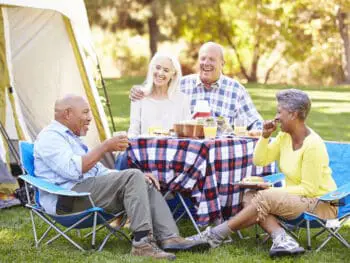

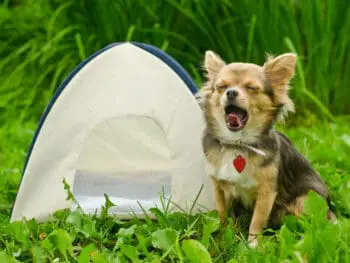

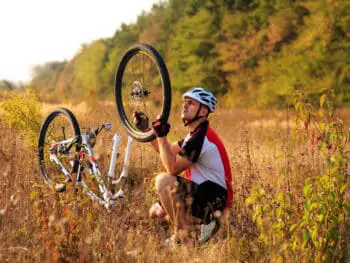
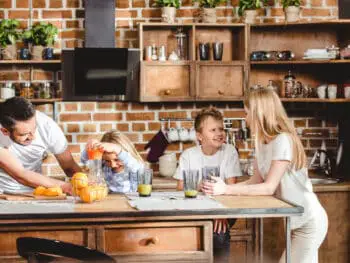

 The Best Simple Digital Watch for Seniors (+Buying Guide!)
The Best Simple Digital Watch for Seniors (+Buying Guide!)